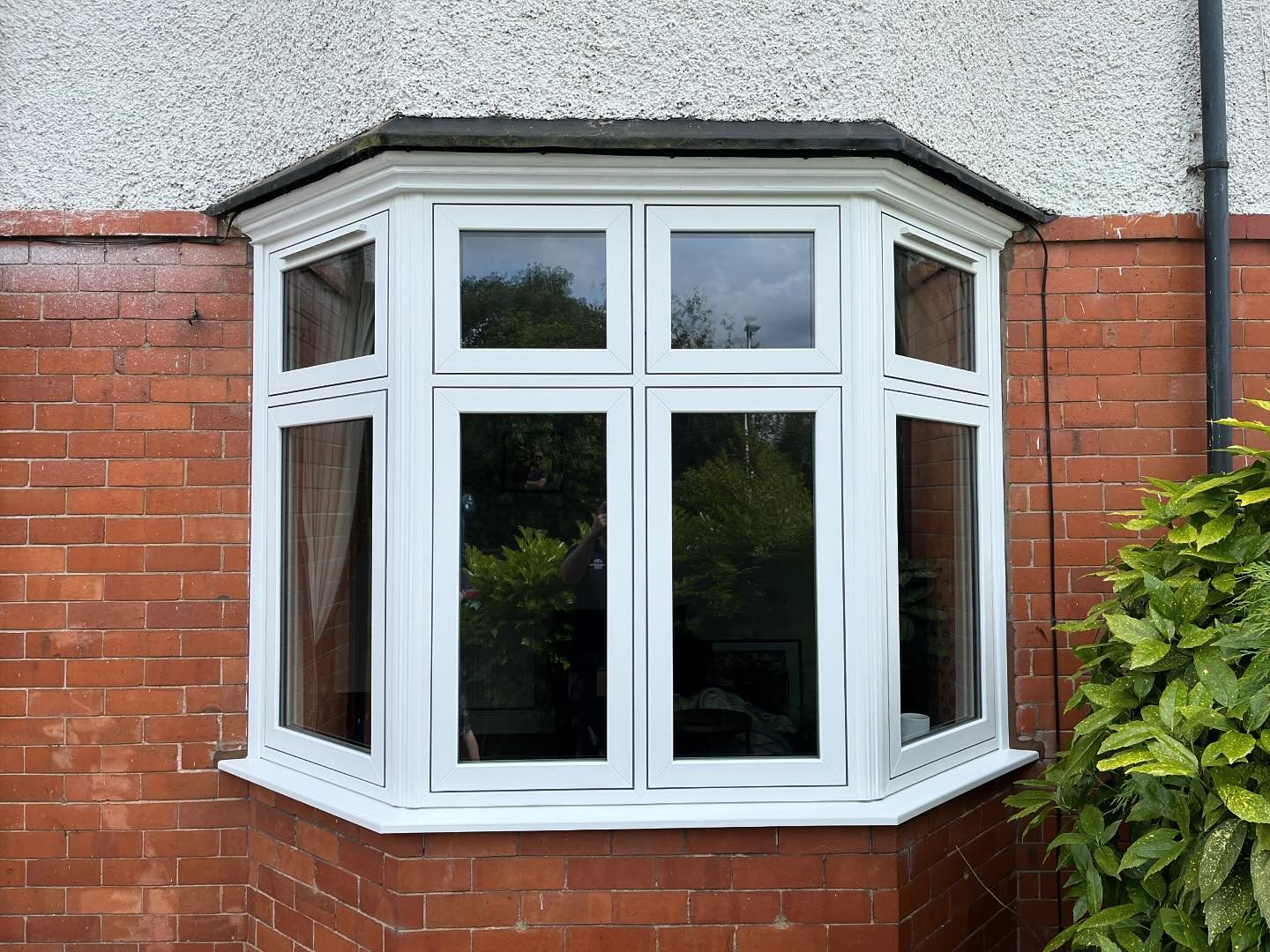Understanding Glass Balustrades: A Comprehensive Overview
7 Incredible Copas De Champán Personalizadas Examples
28 mayo, 2025If you want to Be A Winner, Change Your Regalos Para Invitados Comunión Philosophy Now!
29 mayo, 2025Glass balustrades have become increasingly popular in modern architecture and interior design due to their aesthetic appeal, functionality, and safety features. These structures, which consist of a series of glass panels supported by metal or other frameworks, serve as protective barriers in various settings, including residential, commercial, and public spaces. This report aims to provide a comprehensive overview of Glass Balustrades – navigate to this website,, exploring their benefits, design considerations, installation processes, and maintenance requirements.

1. Definition and Purpose
A balustrade is a railing supported by balusters, which are small posts or pillars. Glass balustrades replace traditional materials such as wood or metal with glass panels, offering an unobstructed view while maintaining safety. They are commonly used in staircases, balconies, terraces, and around swimming pools, providing both a safety barrier and a design element that enhances the overall aesthetic of a space.
2. Benefits of Glass Balustrades
2.1 Aesthetic Appeal
One of the primary advantages of glass balustrades is their sleek and modern appearance. They can create a sense of openness and light, making spaces feel larger and more inviting. Glass can complement various architectural styles, from contemporary to traditional, and can be customized with different finishes, tints, and textures.
2.2 Safety and Security
Glass balustrades are designed to meet safety regulations, providing a secure barrier that prevents falls and accidents. They are made from toughened or laminated glass, which is significantly stronger than regular glass, making it resistant to impacts and breakage. This safety feature is crucial in high-traffic areas or places where children may be present.
2.3 Low Maintenance
Glass balustrades require minimal maintenance compared to other materials. They do not rust or rot, and their smooth surfaces are easy to clean. Regular cleaning with glass cleaner and a soft cloth is typically sufficient to keep them looking pristine.
2.4 Versatility
Glass balustrades can be used in various applications, both indoors and outdoors. They can be designed to fit any space, whether it’s a winding staircase, a flat balcony, or a poolside area. Additionally, they can be combined with other materials, such as wood or metal, to create unique designs.
3. Design Considerations
When considering glass balustrades, several design factors must be taken into account:
3.1 Type of Glass
The choice of glass is crucial for both safety and aesthetics. Toughened glass is commonly used for its strength and durability. Laminated glass, which consists of two or more layers bonded together with a plastic interlayer, offers additional safety as it holds together even when shattered.
3.2 Frame and Support
While some glass balustrades are frameless, others may require a supporting frame made of stainless steel, aluminum, or other materials. The choice between frameless and framed designs depends on the desired aesthetic and structural requirements. Frameless designs provide a more seamless look, while framed options can offer additional stability.
3.3 Height and Code Compliance
Building codes dictate the minimum height and specifications for balustrades, which vary by location and application. It is essential to consult local regulations to ensure compliance and safety. Typically, residential balustrades should be at least 1 meter high, while commercial applications may have different requirements.
3.4 Finishing Touches
Finishing options, such as polished edges, frosted glass, or tinted panels, can enhance the overall design of glass balustrades. These elements can be tailored to match the surrounding decor and personal preferences.
4. Installation Process
The installation of glass balustrades should be carried out by professionals to ensure safety and compliance with building codes. The process generally includes the following steps:
4.1 Site Assessment
Before installation, a thorough assessment of the site is conducted to determine the best design and materials for the balustrade. Factors such as height, location, and intended use are considered.
4.2 Measurement and Customization
Precise measurements are taken to ensure the glass panels fit perfectly within the designated space. Customization options are discussed, including the type of glass, frame, and finishing touches.
4.3 Installation
The installation process typically involves securing the base supports, placing the glass panels, and ensuring they are properly anchored. For frameless designs, specialized clamps or fittings are used to hold the glass in place.
4.4 Final Inspection
After installation, a final inspection is conducted to ensure that the balustrade meets safety standards and is securely installed. This step is crucial to guarantee the long-term safety and functionality of the balustrade.
5. Maintenance Requirements
Maintaining glass balustrades is relatively straightforward. Regular cleaning is essential to prevent the buildup of dirt and grime, which can obscure visibility and detract from the aesthetic appeal. Here are some maintenance tips:
5.1 Regular Cleaning
Use a mild glass cleaner and a soft cloth or sponge to clean the glass panels. Avoid abrasive materials that could scratch the surface. For outdoor installations, cleaning may be required more frequently due to exposure to the elements.
5.2 Inspect for Damage
Regularly inspect the balustrade for any signs of damage, such as cracks or chips in the glass. Addressing these issues promptly can prevent further damage and ensure safety.
5.3 Check Hardware
For framed balustrades, periodically check the hardware and fittings to ensure they are secure and free from rust or corrosion. Replace any damaged components as necessary.
6. Conclusion
Glass balustrades offer a modern and elegant solution for safety barriers in various settings. Their aesthetic appeal, safety features, and low maintenance requirements make them a popular choice for homeowners, architects, and builders alike. By considering design options, installation processes, and maintenance needs, glass balustrades can enhance any space while providing the necessary safety and security. As architectural trends continue to evolve, glass balustrades will likely remain a favored choice in contemporary design.
